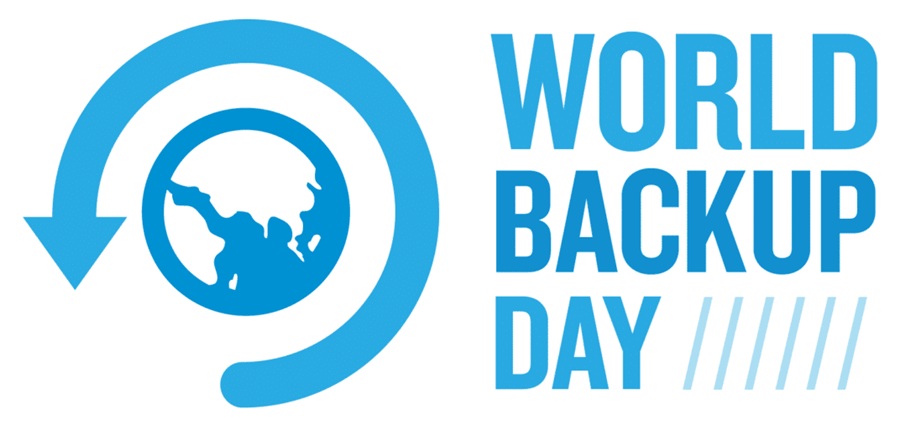Downtime
Misaligned architecture can lead to business consequences, with 93% of respondents reporting negative outcomes such as service disruptions, high operational costs and security challenges ...
Overall outage frequency and the general level of reported severity continue to decline, according to the Outage Analysis 2025 from Uptime Institute. However, cyber security incidents are on the rise and often have severe, lasting impacts ...
Lose your data and the best case scenario is, well, you know the word — but at worst, it is game over. And so World Backup Day has traditionally carried a very simple yet powerful message for businesses: Backup. Your. Data ...

IT outages, caused by poor-quality software updates, are no longer rare incidents but rather frequent occurrences, directly impacting over half of US consumers. According to the 2024 Software Failure Sentiment Report from Harness, many now equate these failures to critical public health crises ...
Service disruptions remain a critical concern for IT and business executives, with 88% of respondents saying they believe another major incident will occur in the next 12 months, according to a study from PagerDuty ...
E-commerce is set to skyrocket with a 9% rise over the next few years ... To thrive in this competitive environment, retailers must identify digital resilience as their top priority. In a world where savvy shoppers expect 24/7 access to online deals and experiences, any unexpected downtime to digital services can lead to significant financial losses, damage to brand reputation, abandoned carts with designer shoes, and additional issues ...
In APMdigest's 2025 Predictions Series, industry experts offer predictions on how Observability and related technologies will evolve and impact business in 2025. Part 6 covers cloud, the edge and IT outages ...
Technology leaders will invest in AI-driven customer experience (CX) strategies in the year ahead as they build more dynamic, relevant and meaningful connections with their target audiences ... As AI shifts the CX paradigm from reactive to proactive, tech leaders and their teams will embrace these five AI-driven strategies that will improve customer support and cybersecurity while providing smoother, more reliable service offerings ...
In the heat of the holiday online shopping rush, retailers face persistent challenges such as increased web traffic or cyber threats that can lead to high-impact outages. With profit margins under high pressure, retailers are prioritizing strategic investments to help drive business value while improving the customer experience ...

Operational resilience is an organization's ability to predict, respond to, and prevent unplanned work to drive reliable customer experiences and protect revenue. This doesn't just apply to downtime; it also covers service degradation due to latency or other factors. But make no mistake — when things go sideways, the bottom line and the customer are impacted ...

For mission-critical applications, it's often easy to justify an investment in a solution designed to ensure that the application is available no less than 99.99% of the time — easy because the cost to the organization of that app being offline would quickly surpass the cost of a high availability (HA) solution ... But not every application warrants the investment in an HA solution with redundant infrastructure spanning multiple data centers or cloud availability zones ...
The CrowdStrike outage serves as a potent illustration of the risks associated with complex security environments. Enterprises are increasingly advised to consider simpler, more robust solutions that do not rely heavily on reactive security measures ...
The Crowdstrike outage has created no shortage of commentary, speculation, and armchair analysis on exactly how such a massive failure could occur. The level of discussion and scrutiny is warranted, most agree this is probably the largest IT outage in history ... The knee jerk response of a "How could someone possibly let this happen" is both clueless and misinformed ...
